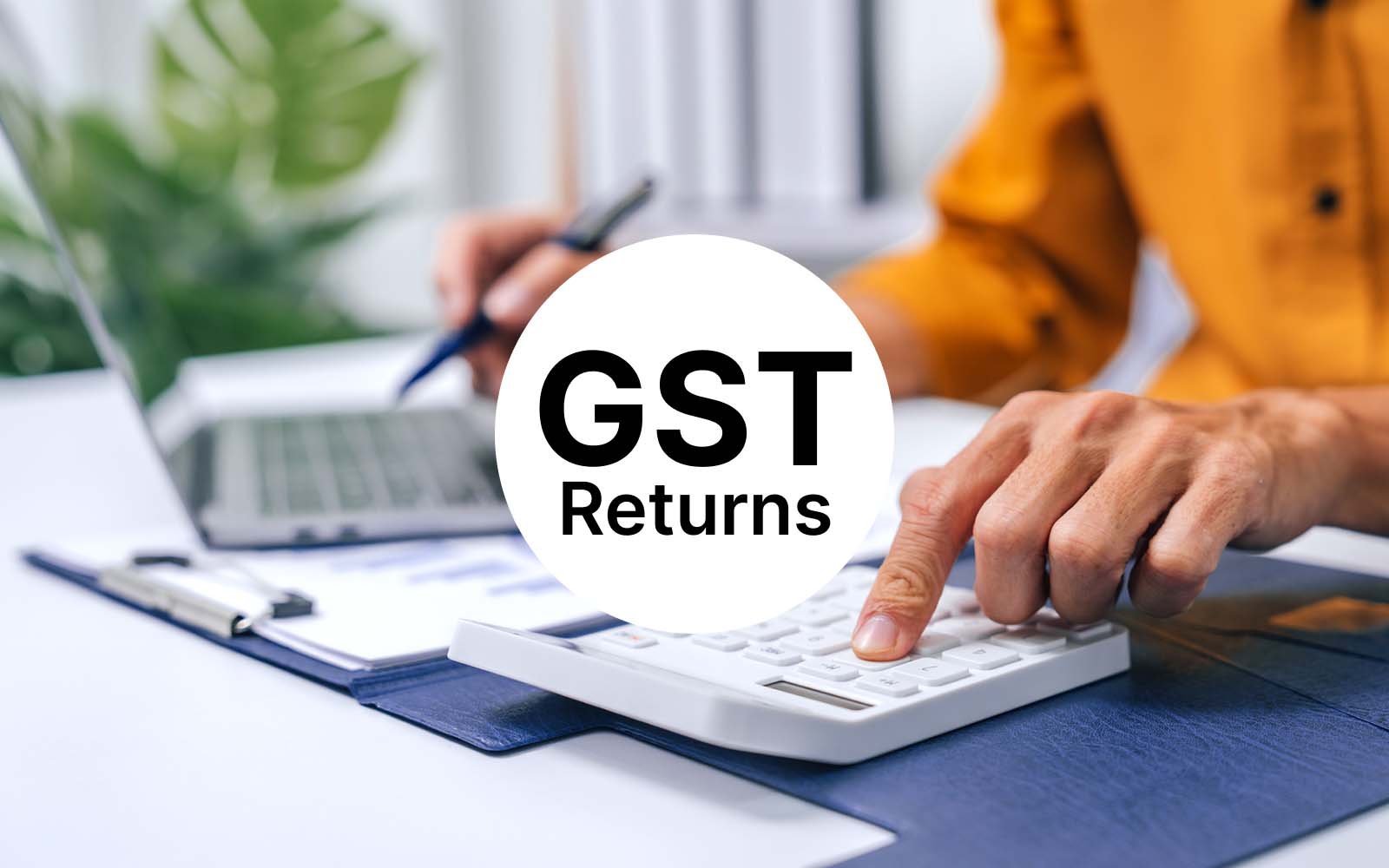Gst Returns

GST returns are periodic filings required by businesses to report their Goods and Services Tax (GST) liabilities and claim any input tax credits. These returns help ensure compliance with GST regulations, providing a comprehensive overview of the taxes collected on sales and paid on purchases.
Key Aspects of GST Returns:
-
Purpose of GST Returns:
- Report GST collected on sales and GST paid on purchases.
- Claim input tax credits for GST paid on business-related expenses.
- Ensure compliance with GST regulations and avoid penalties.
- Provide accurate financial data for tax authorities to review.
-
Types of GST Returns:
- GSTR-1: Details of outward supplies (sales) made by the business. It includes information about sales to both registered and unregistered persons.
- GSTR-2: Previously used for detailing inward supplies (purchases) but has been largely replaced by GSTR-2A and GSTR-2B. GSTR-2A is an auto-generated statement reflecting the purchases made, and GSTR-2B is a monthly auto-drafted input tax credit statement.
- GSTR-3B: A summary return that includes details of outward supplies, inward supplies, and the net GST payable or refundable. It is used to make GST payments and claim credits.
- GSTR-4: For taxpayers under the composition scheme, detailing their quarterly sales and GST liabilities.
- GSTR-5: For non-resident taxable persons to report their GST transactions.
- GSTR-6: For input service distributors to report their input tax credits and distributions.
- GSTR-7: For authorities deducting tax at source (TDS) to report the TDS deducted.
- GSTR-8: For e-commerce operators to report TCS (Tax Collected at Source) on supplies made through their platforms.
- GSTR-9: Annual return for regular taxpayers summarizing the details of GSTR-1 and GSTR-3B for the financial year.
- GSTR-10: Final return to be filed when a business is deregistered.
- GSTR-11: For persons claiming a refund under the tax laws, typically used by exempt entities.
-
Filing Deadlines:
- Monthly Returns: Most GST returns like GSTR-1 and GSTR-3B are filed monthly, with specific deadlines (e.g., GSTR-1 by the 11th of the following month and GSTR-3B by the 20th).
- Quarterly Returns: GSTR-4 (for composition scheme taxpayers) is filed quarterly.
- Annual Returns: GSTR-9 is filed annually, typically by the 31st of December following the end of the financial year.
- Final Returns: GSTR-10 is filed within three months of the date of cancellation or surrender of registration.
-
Filing Process:
- Gather Information: Collect details of all sales, purchases, input tax credits, and any other relevant transactions.
- Prepare Returns: Fill out the appropriate GST return forms based on your business type and transactions.
- File Online: Submit the returns electronically through the GST portal or using GST filing software.
- Pay GST: Make any GST payments due before filing your returns to avoid penalties.
- Acknowledge Receipt: Obtain and save the acknowledgment of the return submission for your records.
-
Input Tax Credit (ITC):
- Businesses can claim ITC on GST paid for inputs and input services used in the course of their business. Proper documentation and accurate reporting in GST returns are essential to claim ITC.
-
Common Challenges:
- Complex Documentation: Ensuring accurate documentation and reconciliation of GST paid and collected can be challenging.
- Compliance: Staying updated with changes in GST laws and filing requirements is crucial to avoid non-compliance.
- Technical Issues: Issues with the GST portal or software can affect timely filing and accuracy.
-
Penalties for Non-Compliance:
- Late Fees: Fines for delayed filing of GST returns.
- Interest: Interest on delayed payment of GST.
- Penalties: Additional penalties for non-filing or incorrect filing of returns.
-
Technology in GST Filing:
- GST Filing Software: Tools that assist in preparing, filing, and managing GST returns.
- GST Portal: The official government website where returns are filed and payments are made.
Tips for Efficient GST Returns Filing:
-
Maintain Accurate Records: Keep detailed records of all transactions, invoices, and GST-related documents to simplify the filing process.
-
Reconcile Regularly: Regularly reconcile your sales and purchase data to ensure accuracy in your GST returns.
-
Use GST Software: Utilize GST filing software or ERP systems to streamline the preparation and submission of returns.
-
Stay Updated: Keep abreast of any changes in GST laws, rates, and filing procedures.
-
Seek Professional Help: Engage a tax professional or accountant to assist with complex GST issues and ensure compliance.
-
Plan Ahead: Prepare and review your returns well before the deadline to avoid last-minute issues.
If you have specific questions about GST returns for a particular jurisdiction or need guidance on a specific aspect, feel free to ask!